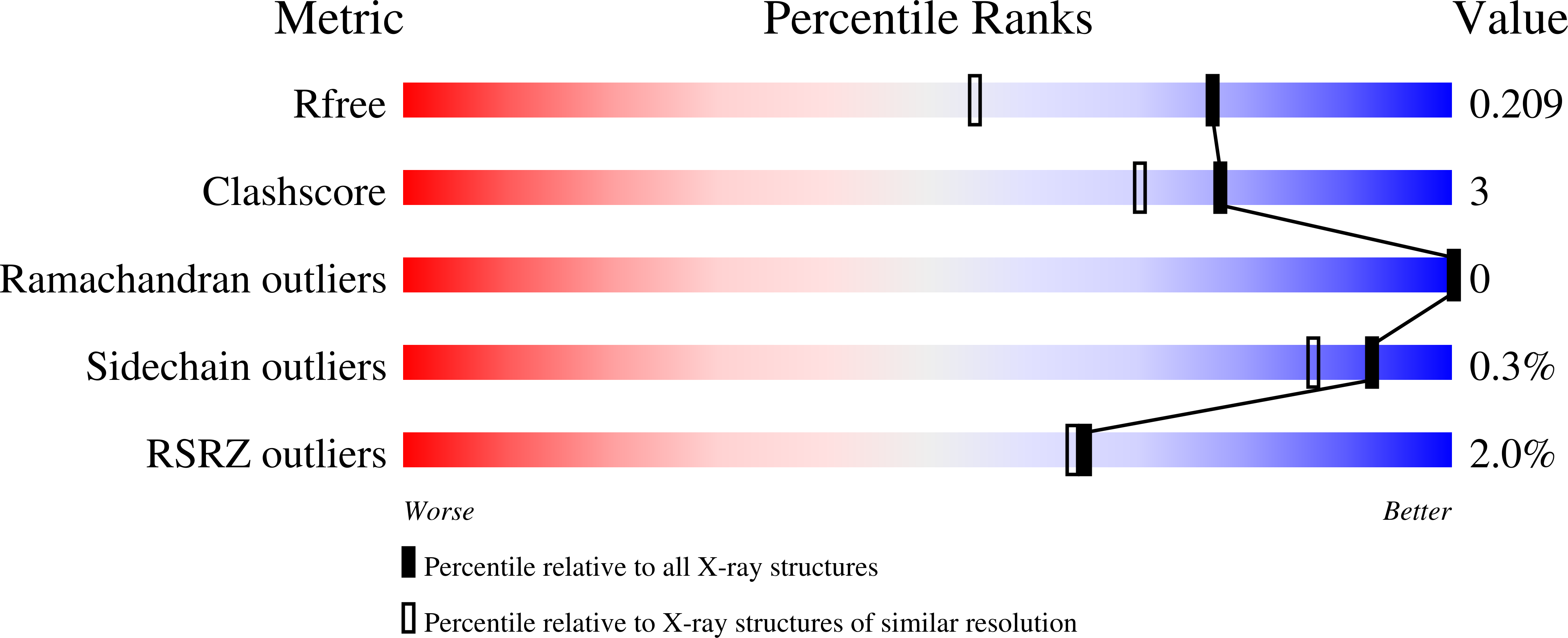
Deposition Date
2023-07-23
Release Date
2023-10-25
Last Version Date
2023-10-25
Entry Detail
PDB ID:
8PXL
Keywords:
Title:
Structure of NADH-DEPENDENT FERREDOXIN REDUCTASE, BPHA4, solved at wavelength 1.37 A
Biological Source:
Source Organism:
Pseudomonas sp. KKS102 (Taxon ID: 307)
Host Organism:
Method Details:
Experimental Method:
Resolution:
1.60 Å
R-Value Free:
0.20
R-Value Work:
0.17
R-Value Observed:
0.17
Space Group:
P 61 2 2


